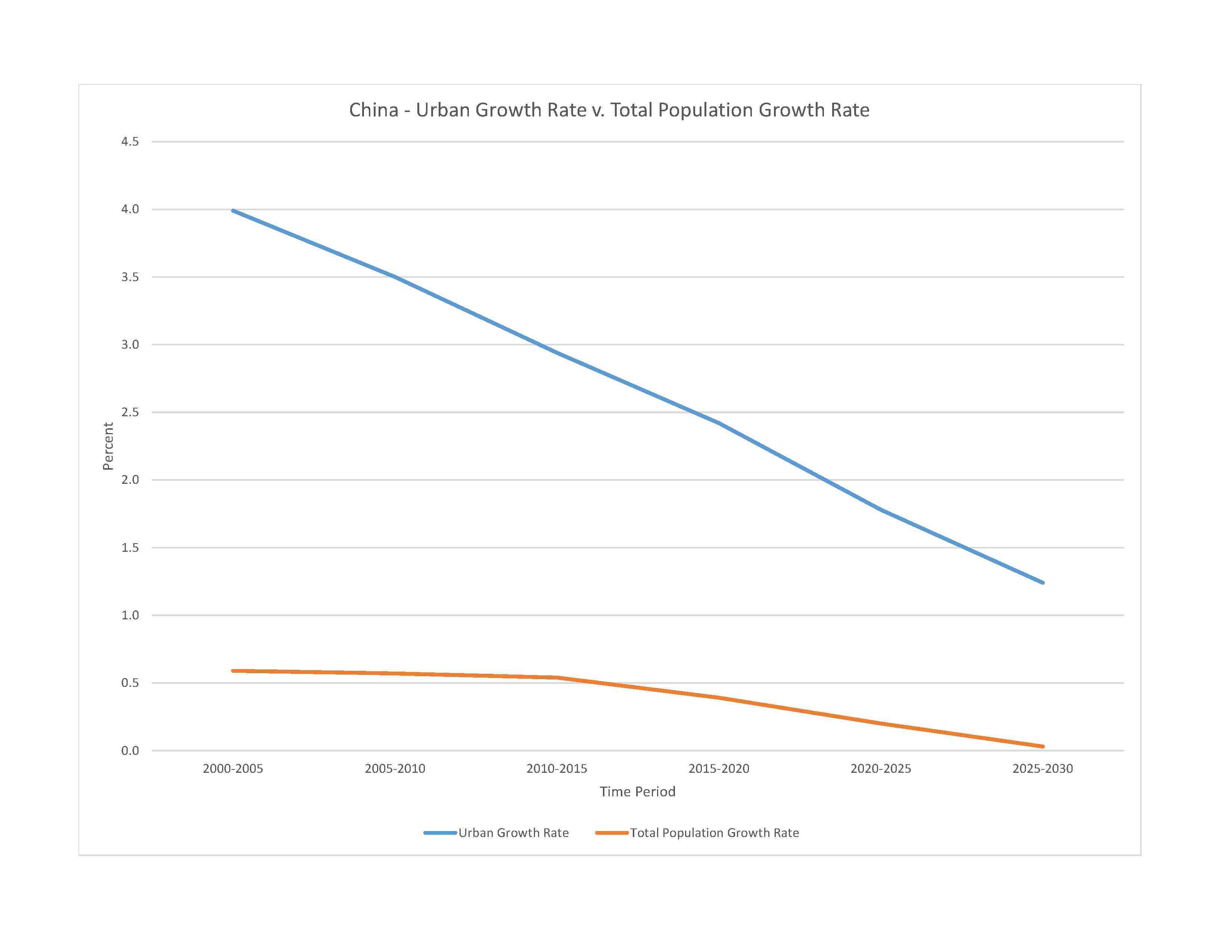
air pollution (greenhouse gases, sulfur dioxide particulates) from reliance on coal produces acid rain; China is the world's largest single emitter of carbon dioxide from the burning of fossil fuels; water shortages, particularly in the north; water pollution from untreated wastes; coastal destruction due to land reclamation, industrial development, and aquaculture; deforestation and habitat destruction; poor land management leads to soil erosion, landslides, floods, droughts, dust storms, and desertification; trade in endangered species
party to: Antarctic-Environmental Protection, Antarctic-Marine Living Resources, Antarctic Treaty, Biodiversity, Climate Change, Climate Change-Kyoto Protocol, Climate Change-Paris Agreement, Desertification, Endangered Species, Environmental Modification, Hazardous Wastes, Law of the Sea, Marine Dumping-London Convention, Marine Dumping-London Protocol, Ozone Layer Protection, Ship Pollution, Tropical Timber 2006, Wetlands, Whaling
signed, but not ratified: Comprehensive Nuclear Test Ban
extremely diverse; tropical in south to subarctic in north
agricultural land: 54.7% (2018 est.)
arable land: 11.3% (2018 est.)
permanent crops: 1.6% (2018 est.)
permanent pasture: 41.8% (2018 est.)
forest: 22.3% (2018 est.)
other: 23% (2018 est.)
urban population: 64.6% of total population (2023)
rate of urbanization: 1.78% annual rate of change (2020-25 est.)
note: data do not include Hong Kong and Macau

0.08% of GDP (2018 est.)
0.57% of GDP (2018 est.)
particulate matter emissions: 38.15 micrograms per cubic meter (2019 est.)
carbon dioxide emissions: 9,893.04 megatons (2016 est.)
methane emissions: 1,490.24 megatons (2020 est.)
municipal solid waste generated annually: 210 million tons (2015 est.)
fresh water lake(s): Dongting Hu - 3,100 sq km; Poyang Hu - 3,350 sq km; Hongze Hu - 2,700 sq km; Tai Hu - 2,210 sq km; Hulun Nur - 1,590
salt water lake(s): Quinghai Hu - 4,460 sq km; Nam Co - 2,500 sq km; Siling Co - 1,860 sq km; Tangra Yumco - 1,400 sq km; Bosten Hu 1,380 sq km
Yangtze - 6,300 km; Huang He - 5,464 km; Amur river source (shared with Mongolia and Russia [m]) - 4,444 km; Lancang Jiang (Mekong) river source (shared with Burma, Laos, Thailand, Cambodia, and Vietnam [m]) - 4,350 km; Yarlung Zangbo Jiang (Brahmaputra) river source (shared with India and Bangladesh [m]) - 3,969 km; Yin-tu Ho (Indus) river source (shared with India and Pakistan [m]) - 3,610 km; Nu Jiang (Salween) river source (shared with Thailand and Burma [m]) - 3,060 km; Irrawaddy river source (shared with Burma [m]) - 2,809 km; Zhu Jiang (Pearl) (shared with Vietnam [s]) - 2,200 km; Yuan Jiang (Red river) source (shared with Vietnam [m]) - 1,149 km
note – [s] after country name indicates river source; [m] after country name indicates river mouth
Pacific Ocean drainage: Amur (1,929,955 sq km), Huang He (944,970 sq km), Mekong (805,604 sq km), Yangtze (1,722,193 sq km)
Indian Ocean drainage: Brahmaputra (651,335 sq km), Ganges (1,016,124 sq km), Indus (1,081,718 sq km), Irrawaddy (413,710 sq km), Salween (271,914 sq km)
Arctic Ocean drainage: Ob (2,972,493 sq km)
Internal (endorheic basin) drainage: Tarim Basin (1,152,448 sq km), Amu Darya (534,739 sq km), Syr Darya (782,617 sq km), Lake Balkash (510,015 sq km)
North China Aquifer System (Huang Huai Hai Plain), Song-Liao Plain, Tarim Basin
municipal: 117.01 billion cubic meters (2020 est.)
industrial: 103.04 billion cubic meters (2020 est.)
agricultural: 361.24 billion cubic meters (2020 est.)
2.84 trillion cubic meters (2020 est.)
total global geoparks and regional networks: 41
global geoparks and regional networks: Alxa; Arxan; Dali-Cangshan; Danxiashan; Dunhuang; Fangshan; Funiushan; Guangwushan-Noushuihe; Hexigten; Hong Kong; Huanggang Dabieshan; Huangshan; Jingpohu; Jiuhuashan; Keketuohai; Leiqiong; Leye Fengshan; Longhushan; Lushan; Mount Kunlun; Ningde; Qinling Zhongnanshan; Sanqingshan; Shennongjia; Shilin; Songshan; Taining; Taishan; Tianzhushan; Wangwushan-Daimeishan; Wudalianchi; Xiangxi; Xingwen; Yandangshan; Yanqing; Yimengshan; Yuntaishan; Zhangjlajle; Zhangye; Zhijingdong Cave; Zigong (2023)
NOTE: The information regarding China on this page is re-published from the 2024 World Fact Book of the United States Central Intelligence Agency and other sources. No claims are made regarding the accuracy of China 2024 information contained here. All suggestions for corrections of any errors about China 2024 should be addressed to the CIA or the source cited on each page.
This page was last modified 04 May 24, Copyright © 2024 ITA all rights reserved.